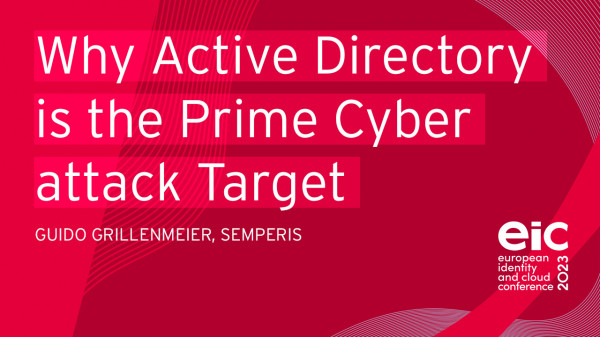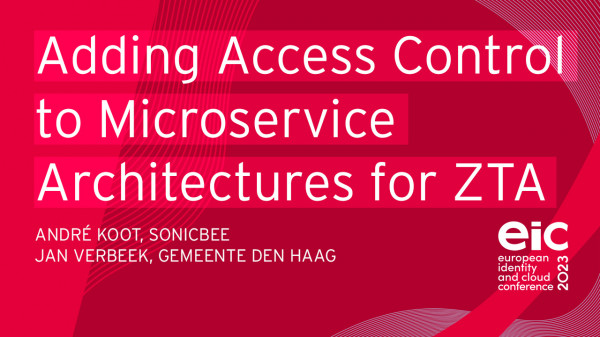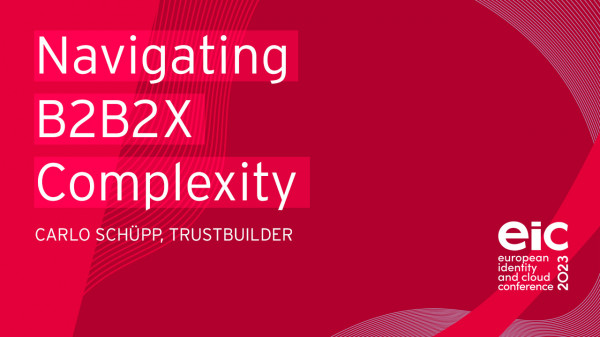For more than two decades, Microsoft Active Directory (AD) has been the de facto method organizations use to authenticate and authorize users for access to computers, devices, and applications within a company’s network. Most companies still rely on it and have further extended its reach into the cloud by synchronizing their on-prem AD with the Microsoft Azure AD to allow proper SSO to cloud-applications by their users. AD is celebrated for its extensive compatibility with various applications and Windows editions, but that compatibility comes with security downsides.
Compromises of Active Directory can occur as an entry point leading to a further attack or can arise at various other points along the kill-chain following an initial compromise via some other mechanism. Even in cases where a compromise is gained following an attack on applications or infrastructure directly, it is frequently infeasible for an attacker to progress further without elevating privileges, making Active Directory a primary target in an overall breach strategy.
It is therefore important that Active Directory defense tools are paired with a wider Zero Trust and XDR approach to provide full visibility over organizational infrastructure, enabling security teams to accurately identify the point of origin of an attack, and to perform the containment and remediation actions required to neutralize and prevent reoccurrence of an attack.
Join Principal Technologist, Guido Grillenmeier, to discuss AD access points used in recent cyberattacks, security risks to watch for in managing AD with Azure AD, how to look for warning signs that AD has been compromised and steps to take in the event of an attack.

The shift to multi-cloud introduces a wide range of cloud security risks that remain unaddressed due to the siloed approach and limited focus of existing cloud security tools. Most cloud security tools offer highly focused solutions that are limited in scope and capabilities to address the growing spectrum of multi-cloud security risks. The convergence of IAM and multi-cloud security tools (CSPM, CWP and CIEM) offer a cloud security platform that takes an integrated approach to securely manage identities and their access entitlements to cloud resources for cloud-native application development, deployment and operations in the cloud. In this session, we will discuss:

The Common Ground movement of the Dutch municipalities is developing innovative solutions for greater interoperability. An important part of this is the data landscape, where functionality is accessed through microservice API’s. In the analysis of this architecture, one aspect is barely touched upon: The Access Control aspect in API’s is not appropriately co-developed.
The Municipality of The Hague has performed a Proof Of Architecture (the POA) to demonstrate that it is possible to unlock an existing API in which access is not explicitly modeled, or that still uses traditional Role Based Access Control methods internally, restricting interoperability across contexts.
The POA is done in an effective and efficient way through innovative 'zero trust architecture' concepts, such as Policy Based Access Control. Security and privacy are thus demonstrably realized in accordance with legal requirements. The POA proves that it is technically feasible to add input-filtering of access requests to ignore the restricting RBAC method and thereby open doors for municipalities for interoperability in an autonomous and secure way.
During the presentation the working principles of API access from a perspective of Identity & Access Management are explained, but also how these principles can be applied in practice in an existing application landscape.
The presentation will be a joint presentation between the lead architect of the City of The Hague, Jan Verbeek, and access strategist André Koot.

As ecosystems of customers, workforce, partners and suppliers become increasingly intertwined, companies face the challenge of managing access consistently. Companies often install different access systems for different populations, with different types of accounts and different lifecycle management.
This session presents an approach whereby different populations can be managed with a single system and a single user profile. Key in this approach is that the user profile indicates to which population (or more than one population) the user belongs. The approach also enables delegated administration and temporary accounts in a very intuitive way.
